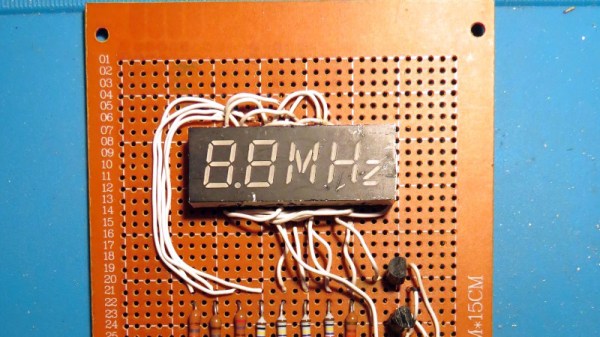In today’s high-speed information overload environment, we often find ourselves with too much data to take in at once, causing us to occasionally miss out on opportunities otherwise drowned out in noise. None of this is more evident in the realm of high-speed trading, whether it’s for stocks, commodities, or even crypto. Most of us won’t be able to build dedicated high speed connections directly to stock exchanges for that extra bit of edge over the other traders, but what we can do is build a system that keys us in to our cryptocurrency price of choice so we know exactly when to pull the trigger on a purchase or sale.
[rishab]’s project for doing this is based on an ESP32 paired with a 10″ touchscreen display. It gathers live data from Binance, a large cryptocurrency exchange that maintains various pieces of information about many digital currencies. [rishab]’s tool offers a quick, in-depth look at a custom array of coins, with data such as percentage change over a certain time and high and low values for that coin as well. The chart updates in real time, and [rishab] also built a feature in which scales coins up if they have been seeing large movements in price over short timeframes.
Although it’s not a direct fiber link into an exchange, it certainly has its advantages over keeping this information in a browser window on a computer where it could get missed, and since it’s dedicated hardware running custom firmware it can show you exactly what you need to see if you’re day trading crypto. Certainly projects like this are in the DIY spirit that crypto enthusiasts tout as ideals of the currency, and as people move away from mining and more into speculative trading we’d expect to see more projects like this.
Continue reading “ESP32 Plugs In To Real-Time Crypto Prices”













